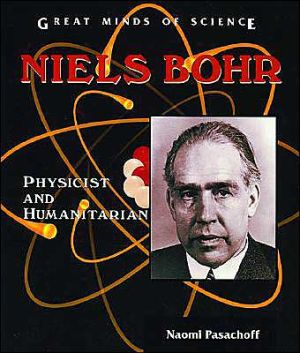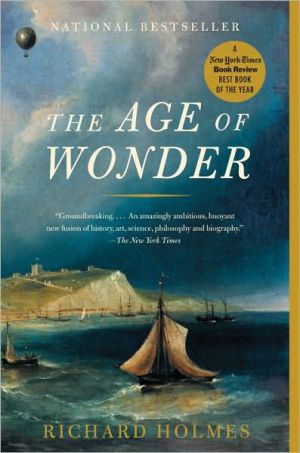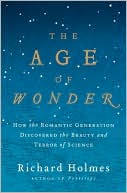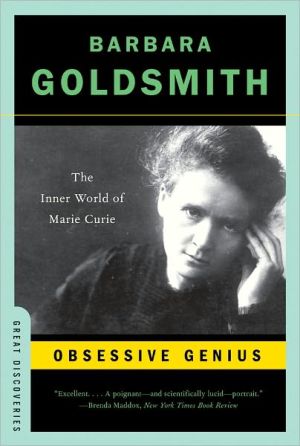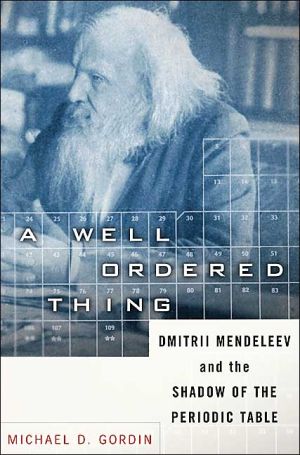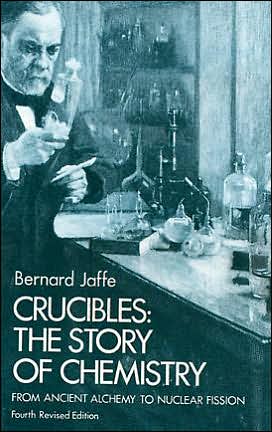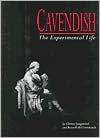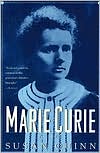Niels Bohr: Physicist and Humanitarian
A biography of the Danish physicist who won a Nobel Prize for his discoveries about the nature of the atom, saved thousands of Jews from the Nazis, and, after helping to develop the atomic bomb, campaigned for peaceful uses of atomic energy.\ \ A biography of the Danish physicist who won a Nobel Prize for his discoveries about the nature of the atom, saved thousands of Jews from the Nazis, and, after helping to develop the atomic bomb, campaigned for peaceful uses of...
Search in google:
A biography of the Danish physicist who won a Nobel Prize for his discoveries about the nature of the atom, saved thousands of Jews from the Nazis, and, after helping to develop the atomic bomb, campaigned for peaceful uses of atomic energy. Christine Sanderson - VOYA This Great Minds of Science series is an introduction to science and scientists that is suited to middle school students. Although multiple authors contribute to the series, the volumes are extremely consistent in format and writing style. Each book features student activities and a glossary of terms. The content of the volumes overlaps. Scientific contemporaries of the subject of one book then appear in others, leading the student back to the series for more information. With its balance of biographical information and scientific fact, this series is both informative and entertaining. The differences arise from each author's approach to the subject. With her focus in Johannes Kepler on his mathematical calculations and the religious strife that dominated life in the Renaissance, Gow provides information that is sometimes difficult to visualize. Although Niels Bohr is a study of the abstract nature of atomic theory, Pasachoff emphasizes the historical context and military significance of Bohr's work, increasing the book's readability. Tocci's Jonas Salk deals primarily with the scientific method and features pictures that evoke the period. This volume has broadest audience appeal. The Great Minds of Science series, which also includes volumes on Tycho Brahe, Copernicus, Alexander Fleming, Galileo, Lise Meitner, and Albert Einstein, Although all of these books provide ample information for research, some are more suited to casual reading than others. Those making choices for school or public libraries should evaluate each volume individually. (Great Minds of Science).. 2003, Enslow, 128p., PLB Ages 11 to Adult.
\ VOYAThis Great Minds of Science series is an introduction to science and scientists that is suited to middle school students. Although multiple authors contribute to the series, the volumes are extremely consistent in format and writing style. Each book features student activities and a glossary of terms. The content of the volumes overlaps. Scientific contemporaries of the subject of one book then appear in others, leading the student back to the series for more information. With its balance of biographical information and scientific fact, this series is both informative and entertaining. The differences arise from each author's approach to the subject. With her focus in Johannes Kepler on his mathematical calculations and the religious strife that dominated life in the Renaissance, Gow provides information that is sometimes difficult to visualize. Although Niels Bohr is a study of the abstract nature of atomic theory, Pasachoff emphasizes the historical context and military significance of Bohr's work, increasing the book's readability. Tocci's Jonas Salk deals primarily with the scientific method and features pictures that evoke the period. This volume has broadest audience appeal. The Great Minds of Science series, which also includes volumes on Tycho Brahe, Copernicus, Alexander Fleming, Galileo, Lise Meitner, and Albert Einstein, Although all of these books provide ample information for research, some are more suited to casual reading than others. Those making choices for school or public libraries should evaluate each volume individually. (Great Minds of Science).. 2003, Enslow, 128p., PLB Ages 11 to Adult. \ —Christine Sanderson\ \
